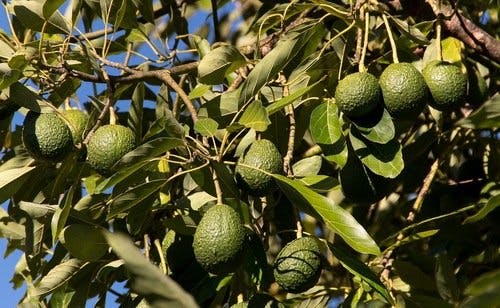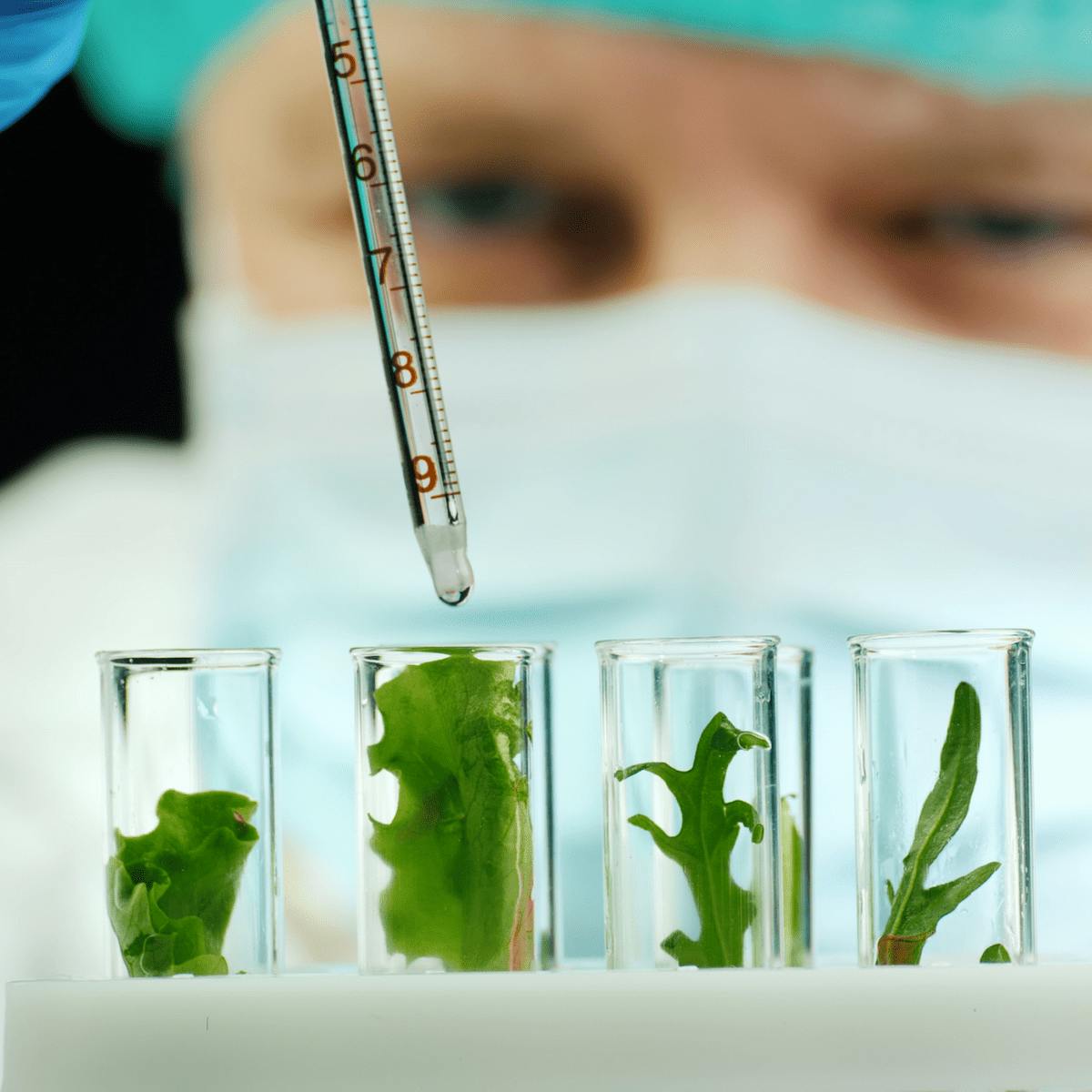Avocado trees, growing one of the most hyped fruits in the world

Avocado trees, growing one of the most hyped fruits in the world:
NAME
Avocado (Persea americana)
OTHER NAMES
Alligator pear, butter fruit, summer pear.
ORIGINS & HOME
The Avocado comes from Central America, most likely originating in Mexico.
CLIMATE & HABITAT
Subtropical climate, frost-free, humid, fertile and with deep, well-drained soils.
LONGEVITY
At least 100 years.
GROWTH
80-100 cm (32-40 inches) / year
TREE CHARACTERISTICS
A handsome, spreading tree that can grow to a maximum of 20 meters (66 feet) and is covered by a thick layer of leaves, which colour and shape resemble bay leaves, common within the Lauraceae species family. The avocado fruit forms and hangs in clusters at the end of the branches, weighing them down. Avocado trees begin bearing fruit in three to five years and can thrive for decades. Only pollinated blooms will produce an avocado, which is why bees play a vital role in an avocado orchard. The pollinated blooms that will become avocados can range from just 150 to 500 per tree, and the fruit can take about a year to grow before it’s ready-to-pick up.
TREE HISTORY
The avocado tree survival once relied on it being eaten whole by animals that then distributed the seed, which is believed to be the case of the giant ground sloth (Megatherium), who has been extinct for around 11,000 years, how the avocado survived after that evolutionary change is a puzzle, probably relying on small mammals like squirrels until humankind took over its cultivation.


THE FRUIT
Avocados are not only delicious with their rich, creamy texture and mild flavor; they are also a fantastic source of vitamins and nutrients. The first time archaeologists know of humans eating avocados dates back 15,000 years. It refers to the inhabitants of Huaca Prieta, Peru, which is the oldest known human settlement in the Americas¹.
They also have other benefits that, over time, have also been used for other purposes such as;
- Ink: The milky juice of the seed is high in tannin and darkens when it’s exposed to the air, which was found to be useful as an alternative ink by Spanish conquistadors. Examples of historical documents written in distinctive brown-red avocado ink can still be found today in old archives.
- Oil: The avocado also yields an oil used in creams and cosmetics, favored over olive oil because the skin more easily absorbs it.
AVOCADO’S POPULARITY, THE ORIGIN OF IT’S ENVIRONMENTAL IMPACT
Avocados’ frenzy worldwide popularity is owed to a really clever marketing tactic. Through the 1990s, avocados were considered a high in calories and fat fruit, not particularly suitable for health or nutrition, damaging its product image. In 1997, the California Avocado Commission, where most of the US avocado supply was located at the time, began to fund and communicate nutritional and diet research focused on avocados’ health benefits to consumers. Avocados soon became a component of “recommended healthy diets,” transforming their image to a heart-healthy, nutrient-dense, super-food². This growth is largely due to California producer and importer-funded research and promotion programs that have changed avocados’ image to a healthy superfood, which has been expanded worldwide.
With the increased global demand for avocados, local producers decided to capitalize on this “green-gold” opportunity, such as the Michoacán state in Mexico that currently produces 5 out of 10 avocados globally³.
“Forest lands with diverse wildlife have been destroyed to produce avocado, and many more were intentionally burned to bypass a Mexican law allowing producers to change the land-use permit to commercial agriculture instead of forest land if it was lost to burning. Intensive avocado production has caused biodiversity loss, extreme weather conditions, extensive soil degradation and is on the brink of causing an entirely human-made environmental disaster”⁴.
Many things can be done to stop and reverse this trend, from better international and local regulation, classifying ecocide as a serious crime and without the right to bail, identifying and converting avocado orchards that have been established for forty years to date towards their native vegetation in important areas due to their ecological and environmental processes, creating forest corridors in avocado plantations that restore ecosystem services, and that guarantee the continuity of ecological and biodiversity processes in these spaces, amongst many more.
This is a clear example of the potential consequences when strategic decisions are mainly driven by economic value, not considering the potential environmental impact. The booming of this superfood has created great value amongst different dimensions; the intensive production has caused considerable and irreversible environmental damages. We need to assess economic, environmental and social impacts to create more sustainable food chains and increase awareness of the consequences of our consumption habits and trends.
References
1. Simple technologies and diverse food strategies of the Late Pleistocene and Early Holocene at Huaca Prieta, Coastal Peru, Tom D. Dillehay, Steve Goodbred, Mario Pino, Víctor F. Vásquez Sánchez, Teresa Rosales Tham, James Adovasio, Michael B. Collins, Patricia J. Netherly, Christine A. Hastorf, Katherine L. Chiou, Dolores Piperno, Isabel Rey, Nancy Velchoff, (2017), Link: https://advances.sciencemag.org/content/3/5/e1602778 2. The Story Behind Avocados’ Rise to Prominence in the United States, Hoy F Carman, (2019), Link: https://s.giannini.ucop.edu/uploads/giannini_public/5c/1f/5c1fa9d0-c5c9-45ce-8606-149ddf4f7397/v22n5_3.pdf 3. Boletín Mensual de Producción de Aguacate, Gobierno de Mexico, (2019), Link: https://www.gob.mx/cms/uploads/attachment/file/504481/Bolet_n_avance_de_producci_n_de_Aguacate_septiembre_2019.pdf 4. Avocado: the 'green gold' causing environment havoc, Manuel Ochoa Ayala, (2020), Link: https://www.weforum.org/agenda/2020/02/avocado-environment-cost-food-mexico/